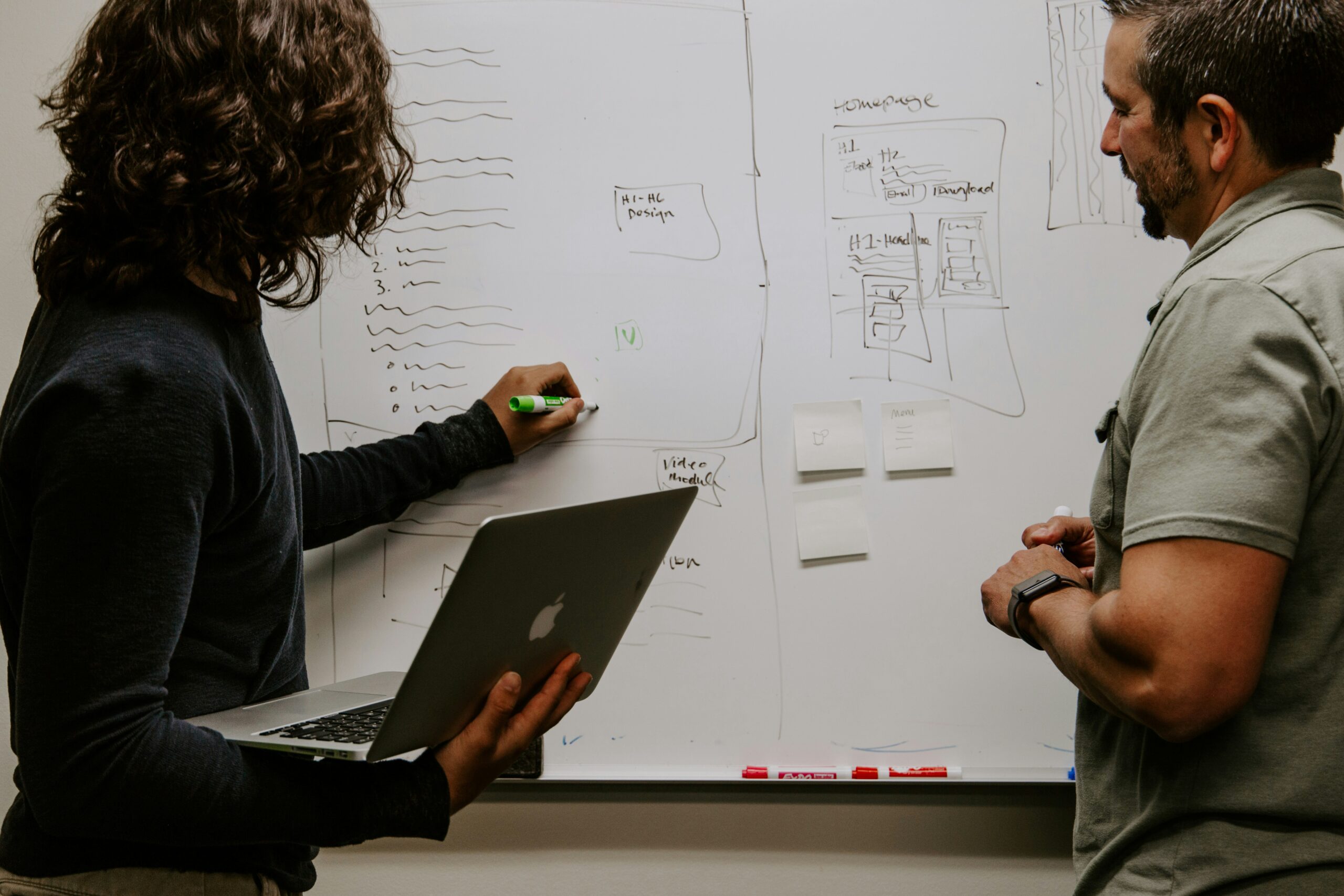Scientists at Indiana University have achieved a breakthrough in understanding the universe thanks to a collaboration between two major international experiments studying neutrinos, which are ubiquitous, tiny particles that stream…

Scientists at Indiana University have achieved a breakthrough in understanding the universe thanks to a collaboration between two major international experiments studying neutrinos, which are ubiquitous, tiny particles that stream…